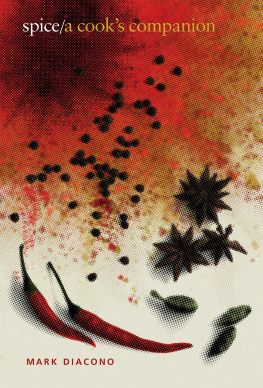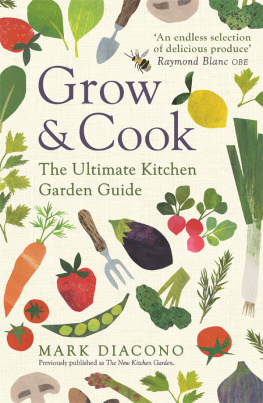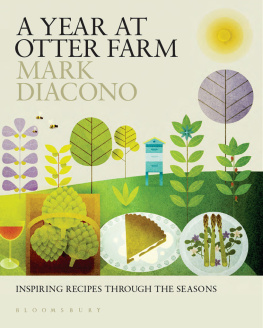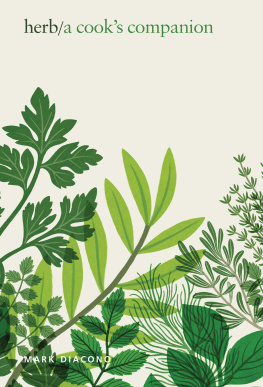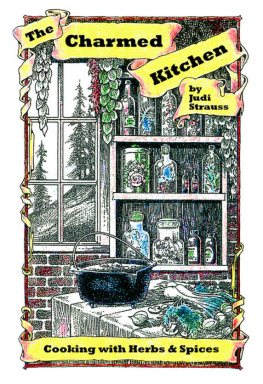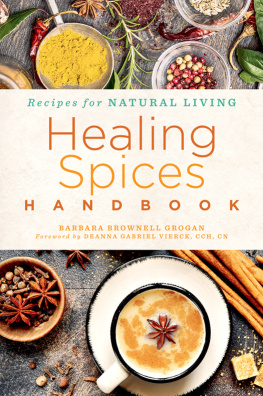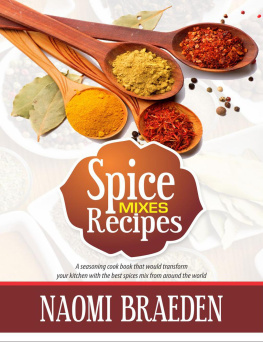
For my lovely mum.
Cooks notes
Eggs are medium, and free-range, unless otherwise stated
Parsley is always flat-leaf
Sea salt is used throughout
Extra virgin olive oil is used throughout
Publishing Director Sarah Lavelle
Commissioning Editor Harriet Webster
Head of Design Claire Rochford
Design Matt Cox at Newman+Eastwood Ltd.
Cover Design and Illustration Matt Cox
Photographer Mark Diacono
Food Stylists Matt Williamson and Mark Diacono
Head of Production Stephen Lang
Production Controller Sabeena Atchia
Published in 2022 by Quadrille, an imprint of Hardie Grant Publishing
Quadrille
5254 Southwark Street
London SE1 1UN
quadrille.com
All rights reserved. No part of this publication may be reproduced, stored in a retrieval system or transmitted in any form by any means, electronic, mechanical, photocopying, recording or otherwise, without the prior written permission of the publishers and copyright holders. The moral rights of the author have been asserted.
Cataloguing in Publication Data: a catalogue record for this book is available from the British Library.
Text Mark Diacono 2022
Photography Mark Diacono 2022
Design Quadrille 2022
MiMi Aye, 2022. MiMi Aye has asserted her right to be identified as the author of the recipe.
Yemisi Aribisala, 2021
Irina Georgescu, 2021
Yuki Gomi, 2022
Li Ling Wang, 2022
Lara Lee, 2022
Maunika Gowardhan, 2022
Jos Pizarro, 2022
Annie Gray, 2022
Recipes Sumayya Usmani, 2022
Zuza Zak, 2022
Alissa Timoshkina, 2022
Nicola Miller, 2022
Nargisse Benkabbou, 2022
Sarit Packer, Honey & Co., 2022
eISBN 978 1 78713 644 1

Until the first supermarket came to town, there were only two spices in the house: a small pot of white pepper and a tall jar of small, dark red chillies Dad kept in an old Nescaf jar. Every Saturday, when we got back from doing The Big Shop, the scent of chillies and cheap mince hitting hot lard would reach my bedroom. Even from there, I could tell when he added the first of many shakes from the small pot of white pepper.
The supermarket widened our spice world in only one respect: mixed spice entered the house. A jar sat next to another of mixed herbs on the shelf in the cold cobwebby larder. My mum would dust the apple filling of a pie heavily with it before bringing down the lid on the pastry coffin. She would always pop it in the oven while we were eating Sunday lunch and every time Id be sure Id not be hungry by the time it came out, and every time the spicy scent of that pie filling the house had my stomach rumbling before the drying up from the roast was done.
Despite the decades, I can still recall how it felt like the pepper and the mixed spice put a shine on things and made them sit up: like when the optician tweaks the apparatus by your temple and the fourth row comes sharply into view. This is the brilliance of spices: they are like music, painting and poetry almost entirely unnecessary and yet utterly essential. As with herbs, spices transform the life-giving act of feeding into the life-enhancing pleasure of eating.
I have spent the years since the old mans eye-watering weekend curries exploring the ever-increasing wealth of spices easily available to us: Ive grown around a third of the spices included in this book; the spice routes that once took months to bring flavours across the planet have been replaced by a couple of clicks and next-day delivery. What a joy to have these flavours at our fingertips. It wasnt always so. Humans have travelled, fought, colonized, bought and bribed in the name of spice. The history of civilization can be told in great part by our relationship with spices.
So widespread is our love for spice that attempting to write an exhaustive volume that shares recipes and blends from every food culture is doomed. Which is not to say I havent covered plenty of ground. That said, this book has many aims and they are largely concerned with sharing an enthusiasm, building confidence and bringing pleasure; it is high on ideas, blends recipes (around 150, using spices that are familiar and some less so) and quite low on the historic movement of spices around the world, the wars fought and what might or might not have been rammed up Ramses IIs nose before he was laid to rest.
Many of us feel a degree of intimidation when it comes to using spices: we know they can embellish, enhance and catalyze but experience tells us they are easily mis-deployed, that a handful of ground cloves can deliver a lifetime of Christmases in a single mouthful of mince pie. This book will help.
There are forty-odd spices and a similar number of spice blends from around the world; some you will know, others not. What has made it past my ill-applied rules (see ) of what is a spice and what is not is gathered together in The Spice Cabinet section. It will make friends of any spices that might not be regulars in your kitchen and offer some starting points about how you might use them all.
If you are not sure where to start, try the gin, the aquavit or the nutmeg brandy Alexander towards the back of the book: a good nip of any of those and you should feel ready to jump into any recipe.
Black peppercorns, since you ask
THE BOUNCER AT THE DOOR
So much of the task of writing this book has been containing my enthusiasms for what seems like an unlimited array of flavours and aromas. Ive had to make some hard choices about what to acknowledge as a spice and what to exclude.
As a basis, Ive taken the spirit of my previous book Herb and applied it in reverse; this book deals largely with seeds and dried fruits, rather than leaves. It has led to some arguable calls: I include ground ginger and turmeric as spices, while discounting their fresh incarnations. Allow them in and garlic must come too, followed on a loose chain of logic by horseradish and other big-flavoured vegetables and fruit. And yet I have welcomed tamarind in. There have been testing questions: are sesame seeds a spice? Surely if juniper is in, why not barberries or myrtle berries? Rose petals? Rose water? Salt, even? Hmmm, maybe, I see your point, I guess you could and yet no. Ive left out the odd one on grounds of crapness of flavour: yes mastic, Im looking at you. This is a personal selection, with all the bias, contradiction and inconsistency that implies. Imperfect as it may be, it is just about defensible.


AUTHENTICITY
In what can sometimes be a very binary world, Im increasingly in favour of holding two or more seemingly part-contradictory thoughts in my mind and allowing them to coexist.
I very much believe that the kitchen is a place where cultures overlap, where ingredients not traditionally brought together can be thrown into an unfamiliar alliance that may prove holy or otherwise. If you want to sprinkle garam masala on your fried eggs, or add it to the salt for the rim of that third ill-advised tequila, no one should stop you. The spirit of play should be undiluted in the kitchen. I am far from new to the business of cooking and food writing, and I have much to say about spices and how to use them: I enthusiastically claim the right to respectfully play with ideas from cultures other than my own and to enjoy the spaces between.
Next page
